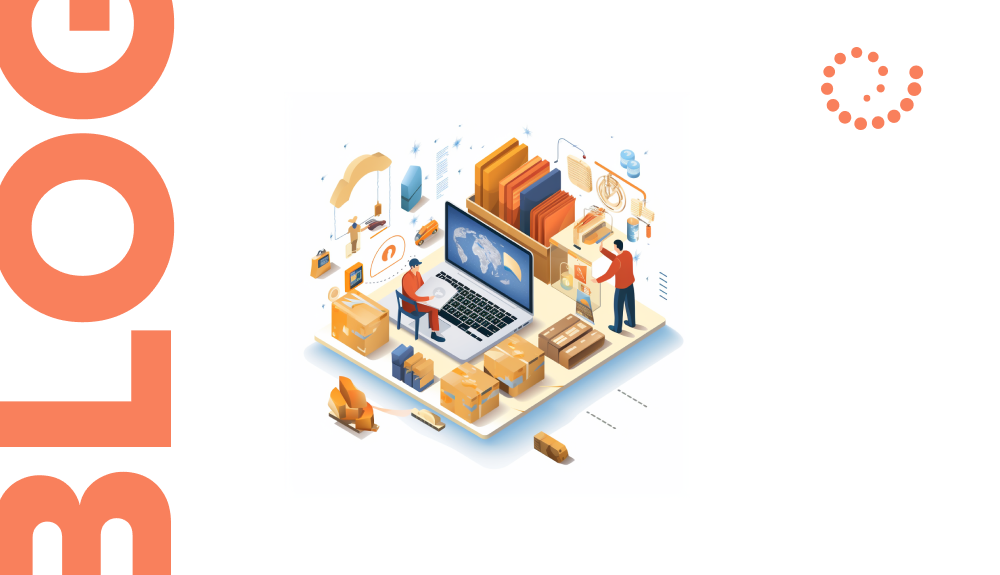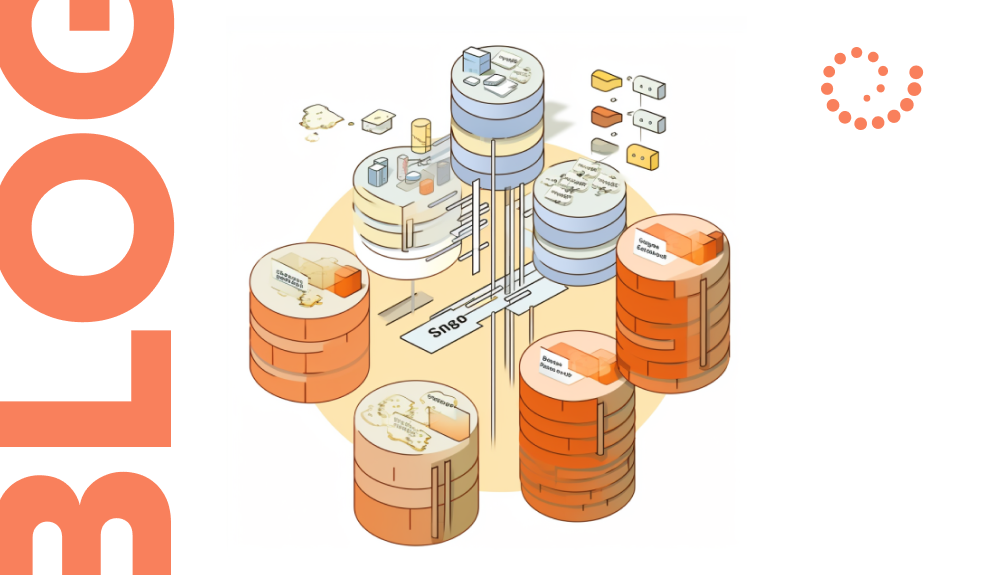
Why The Business Needs to Run The Marketplace
Alexandr Orlenko | October 13th, 2023
We know a lot about business-to-consumer (B2C) marketplaces because we use them a lot in our daily lives to buy new clothes, appliances, food, or services. In general, it is an online or offline place with many sellers where you as a buyer can find something with the look, quality, and price you want. And a marketplace owner provides that place to:
- Connect sellers and buyers;
- Secure their purchases;
- Guarantee stability;
- Make the place known;
- Make money as a result.
Today I will talk about business-to-business (B2B) marketplaces, they look the same and I strongly believe that all of the above apply here as well. But they are undoubtedly different in detail. Let’s look at them together.
The difference
The main differences from my point of view are:
- The checkout process and document flow are much more difficult in the B2B world. All expenses require detailed classification, validations based on amount, and approvals.
- The flexibility of pricing. It can be cheaper or more expensive for different customers depending
on the volume. - The catalog is usually pre-moderated by professional eProcurement specialists to show only
pre-approved sellers and goods/services for B2B end users. - Regular repetition of the same orders is a very popular case in B2B and focusing a user experience on it is a necessity. There are no impulse purchases.
- B2B requires multi-user accounts to distribute roles in the processes and provide a common view.
- The complexity of these processes and the involvement of other customer platforms and services require automation and make it highly loaded and increase the risk of failure. It requires additional monitoring and support from the team, technical partners and the platform.
Who can run their own B2B marketplace?
I would say anyone who can cover three of the most important things:
- Has a network of loyal companies that can be converted into an initial list of anchor sellers and buyers;
- Has a technical partner to help run the business and ensure the security and reliability of all the processes. Of course, it makes sense to choose a platform that guarantees this and has been
in the market for a long time; - Find a way to make money with it. It is a good way to diversify the business.
I would like to share some ideas that seem simple and must make money for you and be interesting
for your network:
- Do more business-to-business transactions and sell more services like insurance or credit/credit cards by simplifying the process and making it cheaper and faster if your company is in the banking industry;
- Get more requests to deliver goods and do it cheaper, faster and even worldwide if your company is a delivery service;
- Sell goods and services cheaper but with some fee if you have such contracts with some sellers
and can resell it; - Run a private club with very exclusive members-only pricing where each member has to pay for it;
- Provide integration, custom development and support services to customers on the platform
to build eProcurement flow if your company is an IT company.
How do you choose the right platform?
From my point of view, the most important criterion is the ability to grow your business without duplicating efforts. I mean, onboarding new sellers and buyers should become easier or even free after an initial huge effort to run this business. I prefer to see a unified place to manage your account, where you can combine all common things in one place and distribute other local things to your branches.
I like to see if the platform provides enough flexibility for partners and customers to modify processes according to their own needs or build new ones. This is very important to me because I know that it is impossible to satisfy everyone and cover all cases. It is even bad for the platform itself, because a lot of effort should be spent to understand these needs and build them in a unified way to make it reusable for other customers. It may just be a waste of time that could be used to develop essential features and bring the platform to the forefront of the industry.
What types of marketplaces exist?
I am used to differentiating marketplaces in two dimensions: visibility/availability and organizational model.
The first says about the accessibility to connect a marketplace from other companies:
- Public: Any company on the Internet can view and connect sellers and products/services in a marketplace. It is very difficult to manage such a marketplace and I think that such a model is mostly possible only to demonstrate the power of the platform to involve new customers. And for sellers it is interesting to advertise goods and services and find new sales channels.
- Protected: Only connected companies can see the content of a marketplace. The marketplace itself is available for any new connection request, but should be validated and even contracted if needed.
- Private: A marketplace is completely closed and a new company can join it only by invitation. It is
for club members only, very exclusive.
The next dimension is your organizational model:
- You simply connect buyers and sellers to each other and start buying and selling on your marketplace;
- Or you can get directly involved and control each transaction.
The choice of model depends on internal processes and it is up to you to choose the one that is more appropriate for you.
Building a global marketplace

In the beginning, we have a buyer owner with two connected sellers who want to set up their own eProcurement processes in Europe. All offers from these sellers come into the owner to manage all data in one place and define rules by eProcurement professionals to distribute products and services between groups of employees.
Our buyer appears in North America and now needs to segregate management between different offices to simplify document processing, but keep a single point for oversight and reporting as the company grows, new vendors from different countries join, and each country has specific taxes, regulatory rules, and compliance.
This new market in North America is represented by our marketplace, which is also connected to sellers from Europe. All sellers are connected to the marketplace master because some sellers are ready to deliver abroad. We need to see all these opportunities to manage the catalog and distribute it in the right way! And we need to have branches again for document processing.
Our buyer connects to this marketplace and needs to connect all the branches to the appropriate branches of the marketplace.
The marketplace continues to grow and appears in other regions. New buyers and sellers connect to the marketplace. Our buyer is able to purchase goods and services from other regions for now, and can follow the marketplace and grow his business in those regions as well.
Summary
B2B marketplaces have emerged as a game-changer in the world of business transactions. They offer a wide range of benefits, from streamlining procurement to expanding market reach and improving transparency. However, businesses looking to embrace these marketplaces must consider the challenges and complexities involved in implementing them effectively. As B2B marketplaces continue to evolve and grow, they are poised to play a pivotal role in shaping the future of B2B commerce. Companies that embrace this digital transformation are likely to find themselves at a competitive advantage in the ever-evolving landscape of business transactions.
Be smart and take care!
Explore Previous eProcurement Articles:





Let’s start building something great together!
Contact us today to discuss your project and see how we can help bring your vision to life. To learn about our team and expertise, visit our ‘About Us‘ webpage.

Recent Posts
- How to Efficiently Scale Your Startup’s Tech Stack for Maximum Growth
- Shine in Your Interview: 3 Dos and Don’ts to Prove Your Competence with Confidence
- Elevator Pitch: How to “Sell” Yourself in One Minute
- 9 Best Places to Find Free Datasets for Your Next Project
- 9 Key Measures to Protect Digital Assets and Ensure Data Integrity

